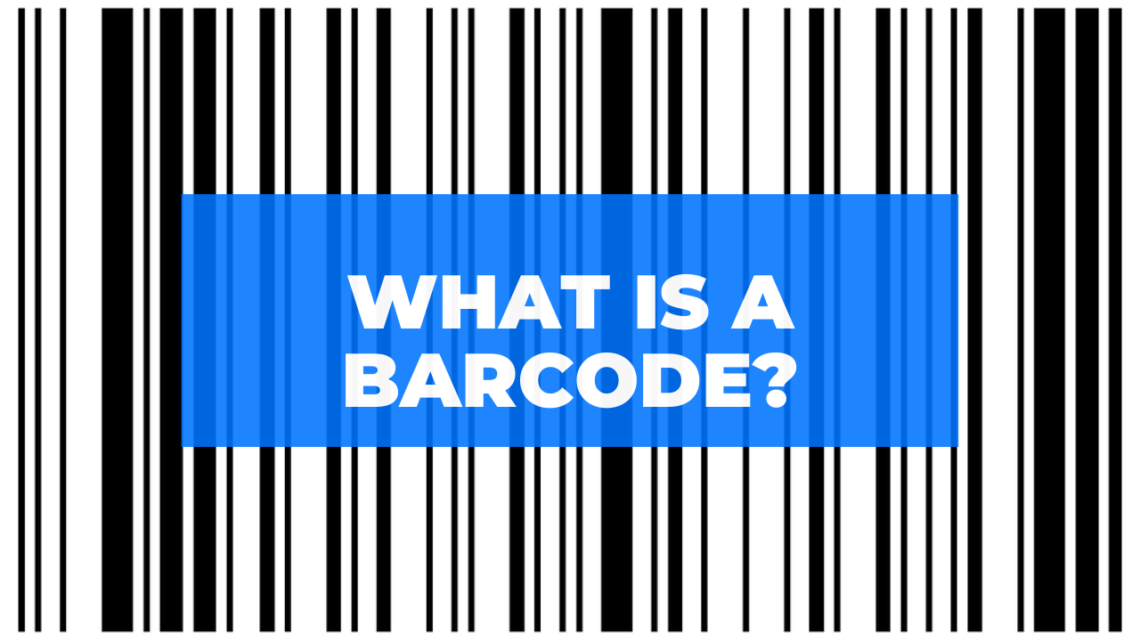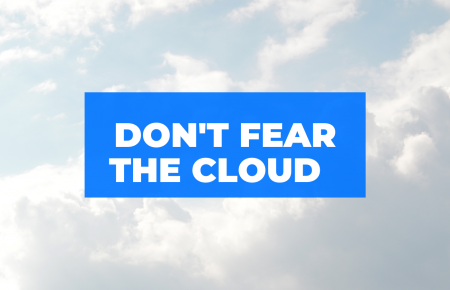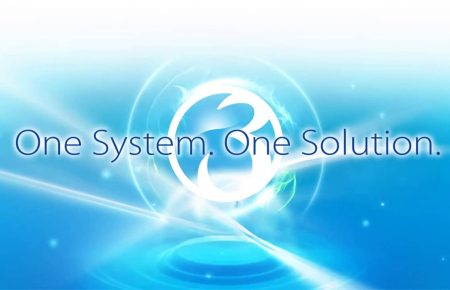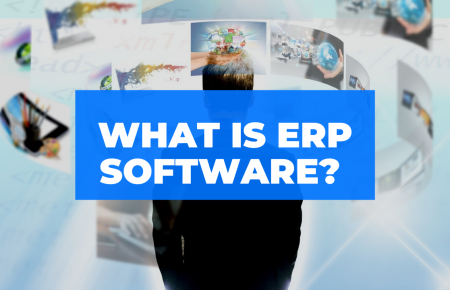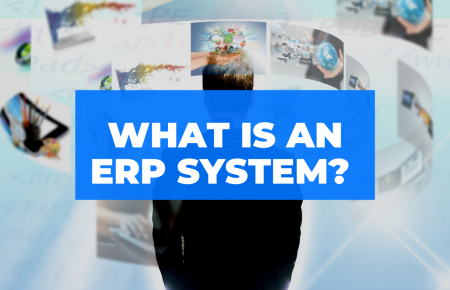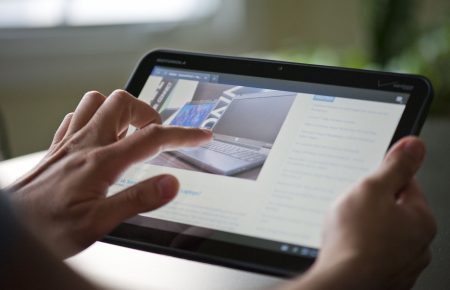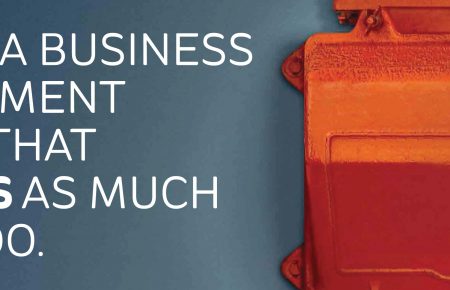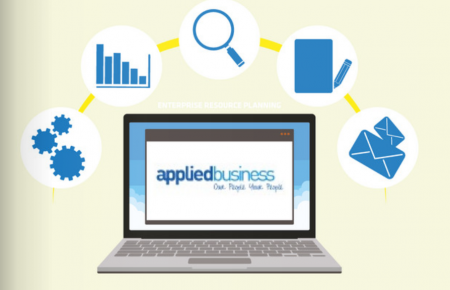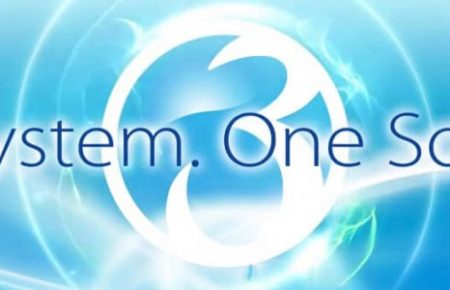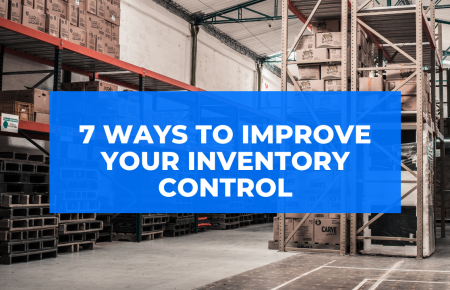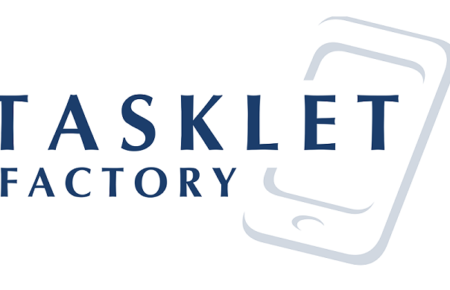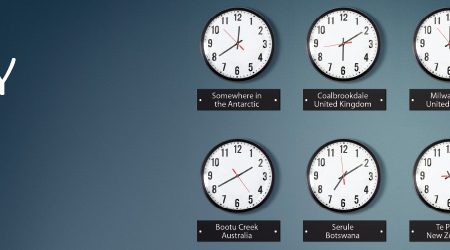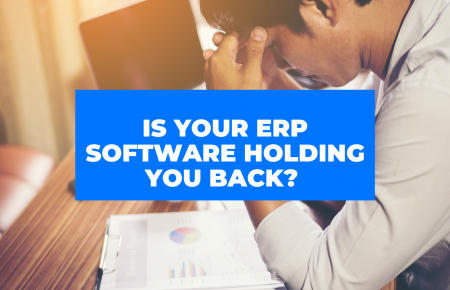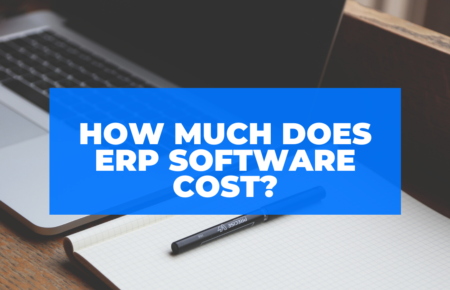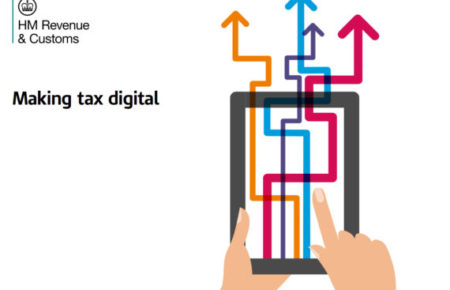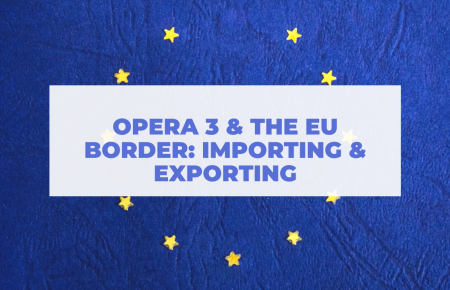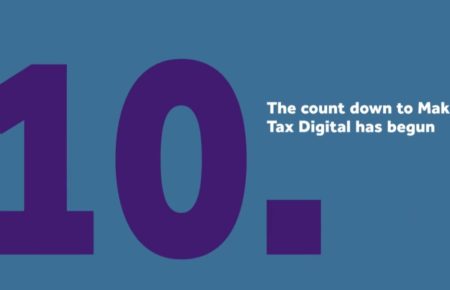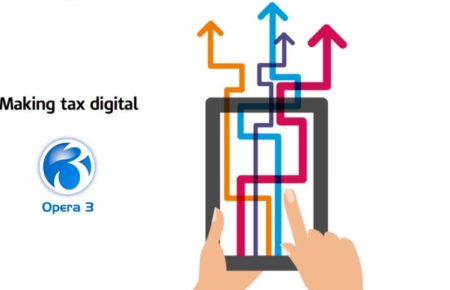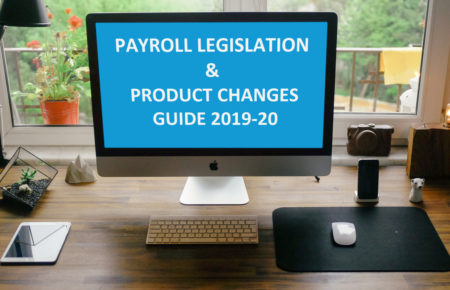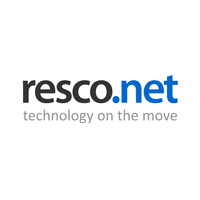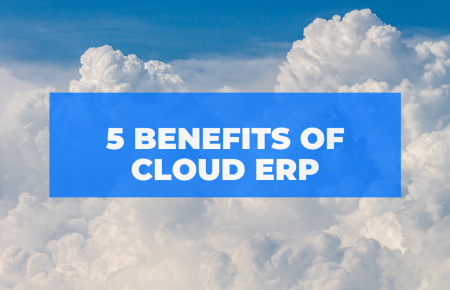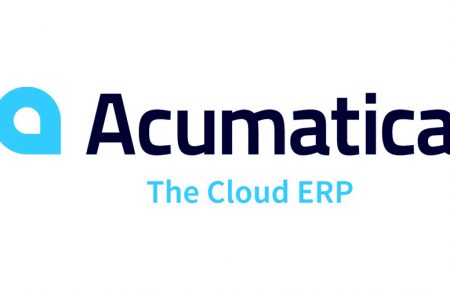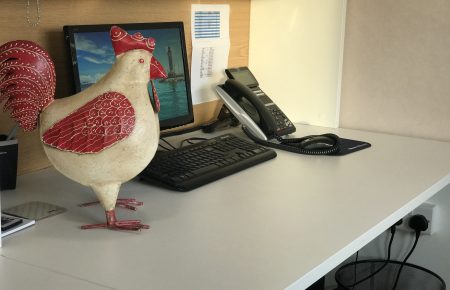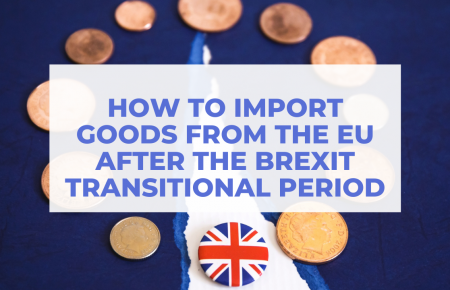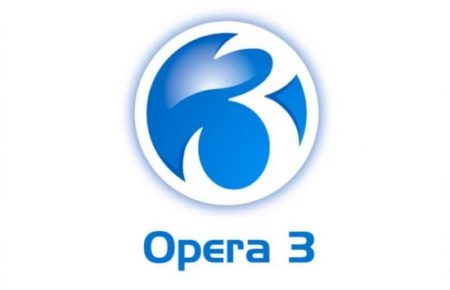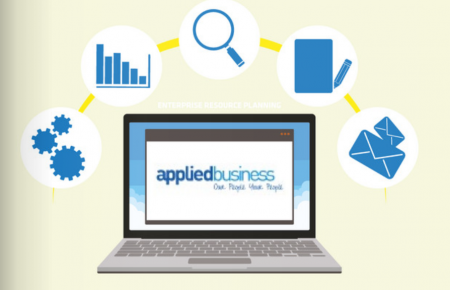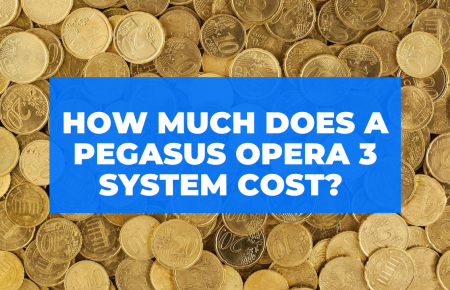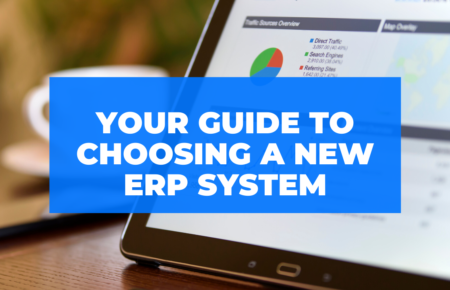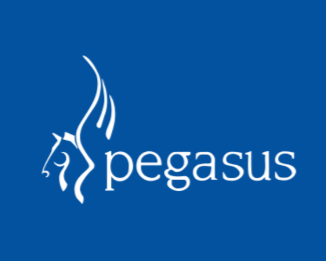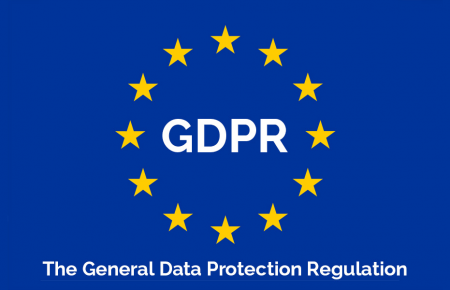What is a Barcode?
These days I am certain we all know what a barcode is as we all use them without thinking in our daily lives. For example, we wear a wrist band with a barcode on it when we’re a patient in hospital, we take for granted the bleep as goods are scanned by the shop assistant, and these days we even scan our own shopping at the checkout. Yes, a barcode is the label which is invariably found on the last end or side of the item we’re trying to purchase.
A barcode is a way of displaying coded information as an image. Typically, this is a set of vertical lines or bars that are interpreted by a machine or optical barcode scanner.
Barcodes use two main symbol types:
- Linear or one-dimensional (1D). These look like the conventional strip of vertical black lines or bars of various thicknesses and spacing that you see regularly.
- Two-dimensional (2D) called matrix codes. These are based on various geometric shapes or patterns and must be decoded by a software application. Matrix codes are becoming increasingly popular because they can contain much more information than linear barcodes with a smaller footprint. Commonly used matrix codes would be Quick Response or QR codes.
Types and uses of barcodes
Over time many types and formats of barcode have evolved to meet the needs of different industries and purposes.
Popular barcode types and their main usage include:
In retail point-of-sale the UPC (Universal Product Codes) which are commonly used the UK, USA, Canada and Australia, and EAN (European Article Numbers). These are mainly used in Europe, Africa and Asia are the standard barcodes.
Have you ever wondered how and why barcodes used in supermarkets are always unique?
This is because the UPC and EAN barcodes are controlled and managed by an international organisation, GS1.
GS1 control the issuing of unique barcode numbers to registered organisations. When a barcode is assigned to something, it is logged with GS1 and is subsequently accessible to any retailer. This service is not without cost and so you would only want to register your barcodes if you were a supplier to major retailers.
Code 39 – also known as Code 3 of 9 or USD-3 and Code 128 – are common barcode formats used by businesses for their own internal use. As these barcodes are not regulated in any way, businesses can create their own barcodes for use with point-of-sale (PoS) systems, stock control and inventory tracking systems or any application requiring reference data retrieval.
QR (Quick Response) codes are not the traditional horizontal rectangular shape, rather they’re square. The advantage of QR codes is that they can contain a lot more information (up to 4296 characters) and require much less space. Although designed for tracking vehicles and their parts through the manufacturing process, they are now more commonly used for logging into websites or Wi-Fi networks, storing contact or ticket information and making payments using a mobile phone.
Other commonly used barcodes include:
- Codabar barcodes – These are used extensively in logistics applications.
- Interleaved 2 of 5 barcodes – Commonly used on corrugated packaging boxes.
- Royal Mail 4 State barcodes – These are used to reduce the cost of distributing post.
- QR codes – While they initially failed to live up to their potential are experiencing a resurgence in popularity as aliases like Snap codes, Spotify codes, Messenger codes etc.
What are the advantages of barcodes?
- Eliminate human error and improve data accuracy. Most warehouses using manual systems have an 85-90% accuracy level. In contrast, barcode based systems should achieve a 99% accuracy.
- Improve efficiency through faster transaction processing. Imagine how slow trying to check out of a supermarket without the use of a barcode scanner would be!
- Reduce costs because of greater accuracy and improved resource control. Accuracy increases trust in the information available which leads to leaner practices and less cost.
- Reduce staff training requirements because of simpler processes.
- Improve customer satisfaction levels through fewer disappointments.
Barcodes are commonly used where there is a need to identify and capture data as accurately and efficiently as possible. Barcoding helps enormously with:
- Inventory or stock control management
- Asset tracking
- Product identification
- Patient identification and information
- Warehouse management systems
- Logistics and Courier systems
- Ticketing and travel systems
- and many more applications
How much do barcoding systems cost?
Implementing barcodes can make a significant difference to the accuracy and efficiency of a process without costing a fortune. All it takes is a barcode label and a USB or Bluetooth optical scanner and you are in business. In this type of scenario, the barcode scan is purely acting as an alternative to the traditional keyboard input but quicker and more accurate.
On the other hand, implementing an integrated international travel system would be a much more challenging and costly project. However, the cost of a warehouse management system (WMS) using mobile devices to improve the accuracy of information and efficiency of warehouse processes such as ‘goods in’ and ‘order picking’, will depend on the number and type of mobile devices in use and the functional capability of the software application.
In conclusion, if your business has processes which suffer from excessively high data entry errors, or the process is causing hold ups and bottle necks, then barcoding is well worth exploring.
Applied Business are accredited partners of ERP Software providers, Pegasus Opera and Greentree ERP.
Recommended Related Reading:
- How Much Does ERP Software Cost?
- Guide To Using Barcodes Effectively With Your Stock
- 5 Benefits Of Cloud ERP
Any Questions? Get In Touch!

